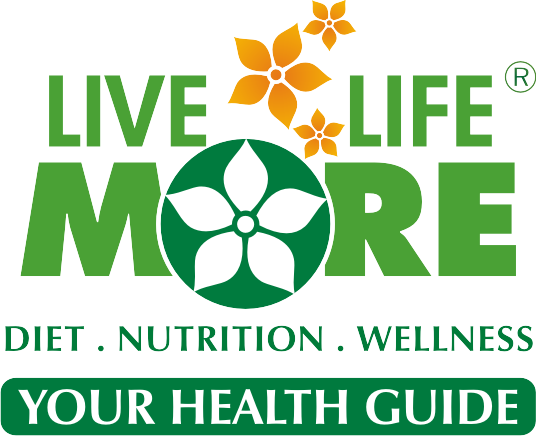Diabetes & Peripheral Vascular Disease: The Special Connection
By Dr. Sandeep Jassal
www.livelifemore.com
www.facebook.com/livelifemoreofficial
This serious diabetes complication can develop as a result of uncontrolled blood sugar levels.
TYPE 2 DIABETES
In Diabetes, the blood glucose (sugar) levels are too high for too long, or swing back and forth between highs and lows. People with diabetes put themselves at risk for serious complications and damage to their bodies. Peripheral vascular disease (PVD) is one of the medical complications that can strike if type 2 diabetes is not well managed.
Peripheral vascular disease includes several conditions that affect the blood vessels. PVD occurs when peripheral blood vessels, those located away from the heart, become blocked or damaged in some way. Peripheral artery disease, or PAD, is one type of PVD; it affects arteries in the arms and legs.
Symptoms of Peripheral Vascular Disease (PVD)
The main symptoms of peripheral vascular disease include:
-A heavy feeling in the limbs
-Pain in the buttocks or extremities, including the thighs or calves
-A blue tint to the toes
-Feeling of Numbness in the legs or feet
-Cold feet
-Leg cramps, which often increase with more activity & relieve on rest
-Skin redness
-Frequent infections
-Foot pain
-Wounds on the feet and toes that won’t heal
Causes of PVD
PVD occurs when plaque composed of cholesterol and other fatty substances found in the blood, builds up and creates a blockage in the blood vessels, obstructing the blood from flowing properly.
Peripheral vascular disease can be caused or worsened by:
-Having high blood pressure
-High cholesterol levels and fats in the blood
-Smoking
-Having persistent high blood glucose levels
Prevention and Treatment of PVD
People with diabetes can Live Life More by protecting themselves against PVD and keeping their blood vessels clear. Start by achieving good control over your diabetes with these steps:
-Take all diabetes medications as prescribed by your doctor.
-Keep blood pressure and cholesterol at healthy levels, with medication if necessary.
-Eat a healthy diet, one that’s low in salt, cholesterol, and fat.
-Get regular exercise.
-Maintain a healthy body weight.
-Don’t smoke.
Make sure that your blood glucose levels are stable — talk to us if you’re having difficulty achieving this.
It is advisable to regularly inspect and take good care of your feet and skin to prevent wounds and infections. Be on the lookout for blisters, sores, and any painful or red areas on the feet.
Making some lifestyle changes and adopting healthy habits to maintain good control over diabetes will also help to treat any existing PVD. In very serious cases, when a blood vessel is severely blocked, surgery may be needed to re-route blood flow around the blockage using a blood vessel grafted from elsewhere in the body. Blockages can also be treated with angioplasty, a procedure in which a catheter with a balloon device is inserted in the blood vessel and inflated to clear the vessel; in some cases, a tube called a stent is placed inside the blood vessel to keep it open and allow blood to flow efficiently throughout the body.
As a prevention oriented organisation, we would say that though PVD can be treated to relieve symptoms, prevention is really the best medicine. Carefully monitor your blood glucose levels and focus on healthy habits to keep your blood vessels clear.
Opt for our Diabetes Management Diet & Lifestyle Plan by logging on to our eClinic at www.livelifemore.zest.md

